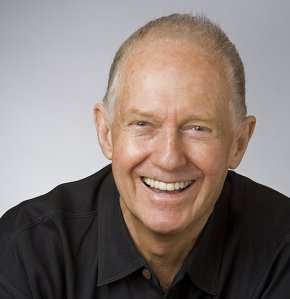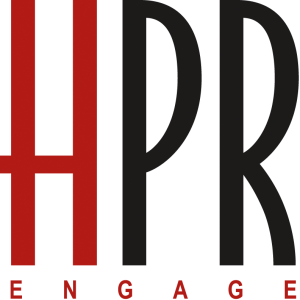Google’s two advertising networks are divided into “search” and “display”. They have two very different functions. The Search network responds to keywords typed in by a potential customer that your ad and landing page also includes. Display, on the other hand places your ad within or beside other peoples’ content (websites, videos, articles) that reflect the contextual targeting for which you are looking. Although not totally accurate think of people as searching (search network) and as browsing (display network).
Search is more effective for Direct Response marketers. This can be done by selecting keywords, topics which are referred to as contextual targeting. If you want specific sites or pages for your ads to appear, then by adding “managed placements” you can show your ads on selected web pages, videos, game, RSS feed, mobile sites and yes apps. You can block your ads from sites you don’t think are relevant.
These publishers and content suppliers upon which your ads will be seen, are taken from Adsense Publisher Network, Doubleclick Ad Exchange and Google owned and operated sites and are paid for their participation. There are four major types of ads you can create for the display network: 1: Text ads (same as for the search network). 2 Image ads (ads that have some creative within them). Rich media ads (ads with flash or a moving component) and Video ads.
Happy Marketing, John.































